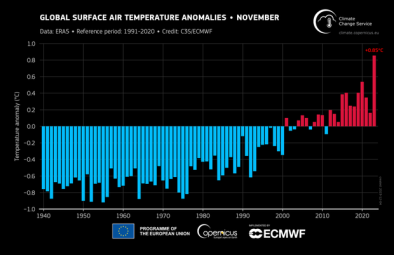Changes in Antarctic Ice Sheet Motion Derived From Satellite Radar Interferometry Between 1995 and 2022
Study key findings & significance
-
We present historical, continent-wide, mosaics of Antarctic ice motion using a suite of satellite sensors spanning 28 years
-
We report areas of accelerated flow stretching over 100 km's from the coast and the entire drainage of the Amundsen Sea Embayment sector
-
The observed, ongoing, detailed glacier changes will help constrain ice sheet numerical models in charge of reconstruction and projection
Plain Language Summary
Ice velocity is a fundamental variable of glacier evolution that governs the transfer of mass from the ice sheets to the ocean. It is best measured from satellite platforms but long time series require combination of multiple satellite data of various performance levels and incomplete spatial coverage. We assembled the first set of continent-wide mosaics using 2–5 years of data in each period to maximize spatial coverage and detect changes in ice dynamics over the entire continent. The results reveal no signal over most of the interior but important changes at the coast concentrated along channels occupied by outlet glaciers. In the Amundsen Sea Embayment sector of West Antarctica, changes are pervasive over the entire drainage, which indicates that the coastal forcing from the ocean affects the entire ice sheet. The products reveal precise areas of rapid change in the West and East coasts of the Antarctica Peninsula, and in West and East Antarctica. These observations will help constrain ice sheet models in charge of reconstructing ice sheet past changes and projecting its evolution in a changing climate.
Related Content






